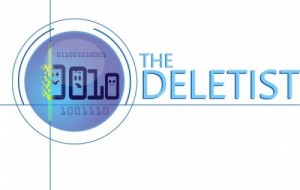Right now the big discussion surrounding Google Glass has to do with privacy implications, as mentioned in last week’s post. People are concerned that Glass enables the wearer, also called Glass Explorers, to snap images and take video without anybody else knowing. While this may be a legitimate concern for Glass, isn’t it already possible for people to take pictures and video with their smartphones, or smartwatches, without others knowing?
At a conference I attended recently one of the tech staff revealed to me that when famous guests are in the conference centre, he would sometimes walk by and snap surreptitious pictures using his smartwatch. Admittedly using a smartphone is not as clandestine as Glass, but it still happens. Just the other day a friend sent me a photo he had taken on the subway of two men completely absorbed with their smartphones. Is that the same infringement on privacy?
In addition to privacy, there are two other aspects of Glass that have not received a lot of attention.
1. Distraction – Smartphones are a continual distraction for most people, even though leaving the device out of sight and on silent, or vibrate, is an option. People are already disillusioned into thinking they can multi-task with handheld devices while doing other things, such as having conversations, walking, or trying to work. How will this work with Glass, when the information is presented in the wearer’s direct line of sight? An article written in April 2013 titled “What Will Google Glass do to Our Brains?” explores the effects of Glass on health, attention spans, and feeling connected through interpersonal interactions.
2. Virtual Sharing – With Glass it is possible for the wearer to share his/her view with others through Hangout, a Google application that allows for video conversations with screen sharing, or through LiveStream, a platform that allows people to record and broadcast events. Glass makes sharing interactive in a way that hasn’t been utilized before now. The screen sharing capabilities of Hangout make it possible for somebody to see exactly what the Glass wearer is seeing, in real time. Whoa. Shouldn’t people also be concerned that their privacy could be violated by having somebody else silently watching through Glass?
Stay tuned. Should you decide to invest in Glass, watch this video to avoid being labeled a glasshole.




